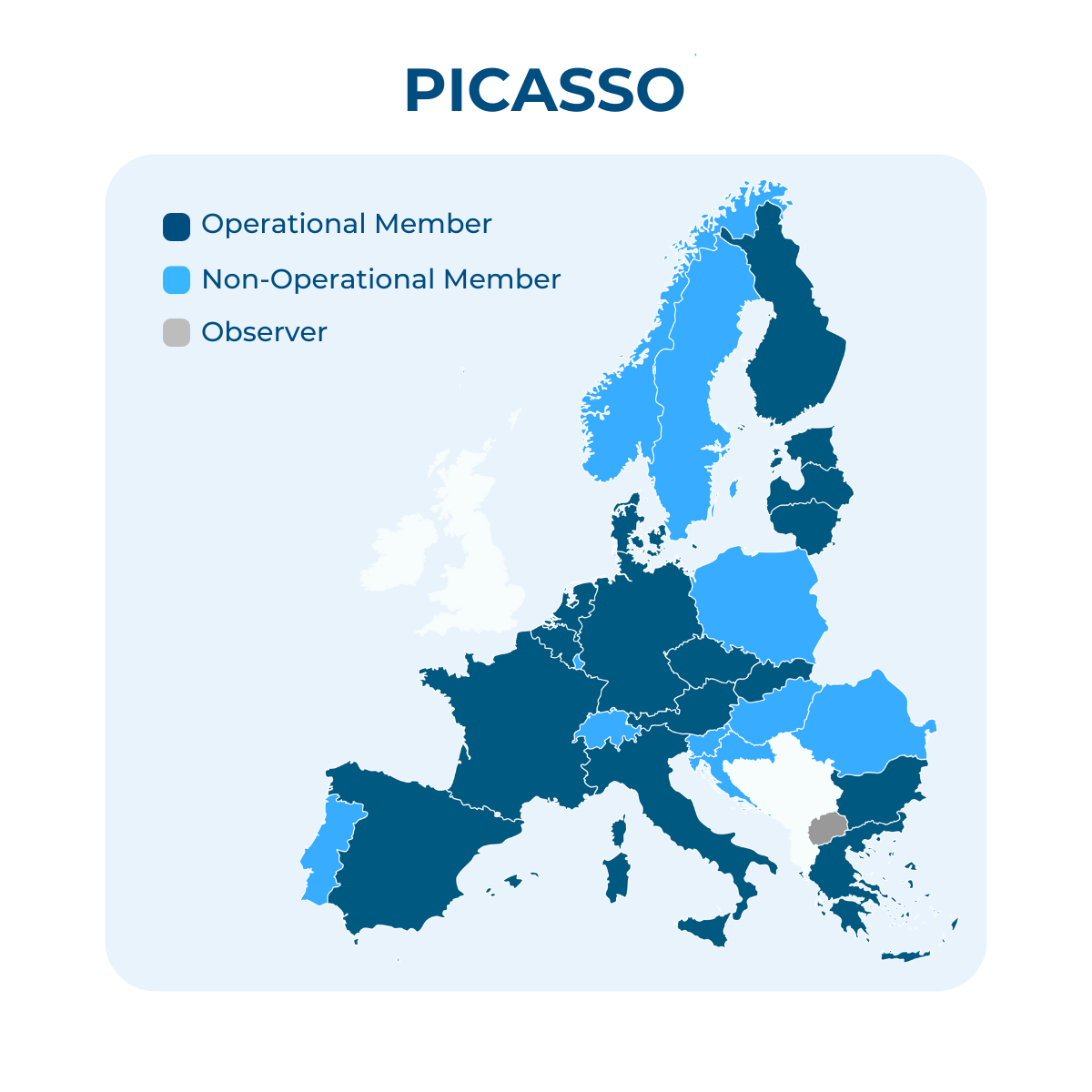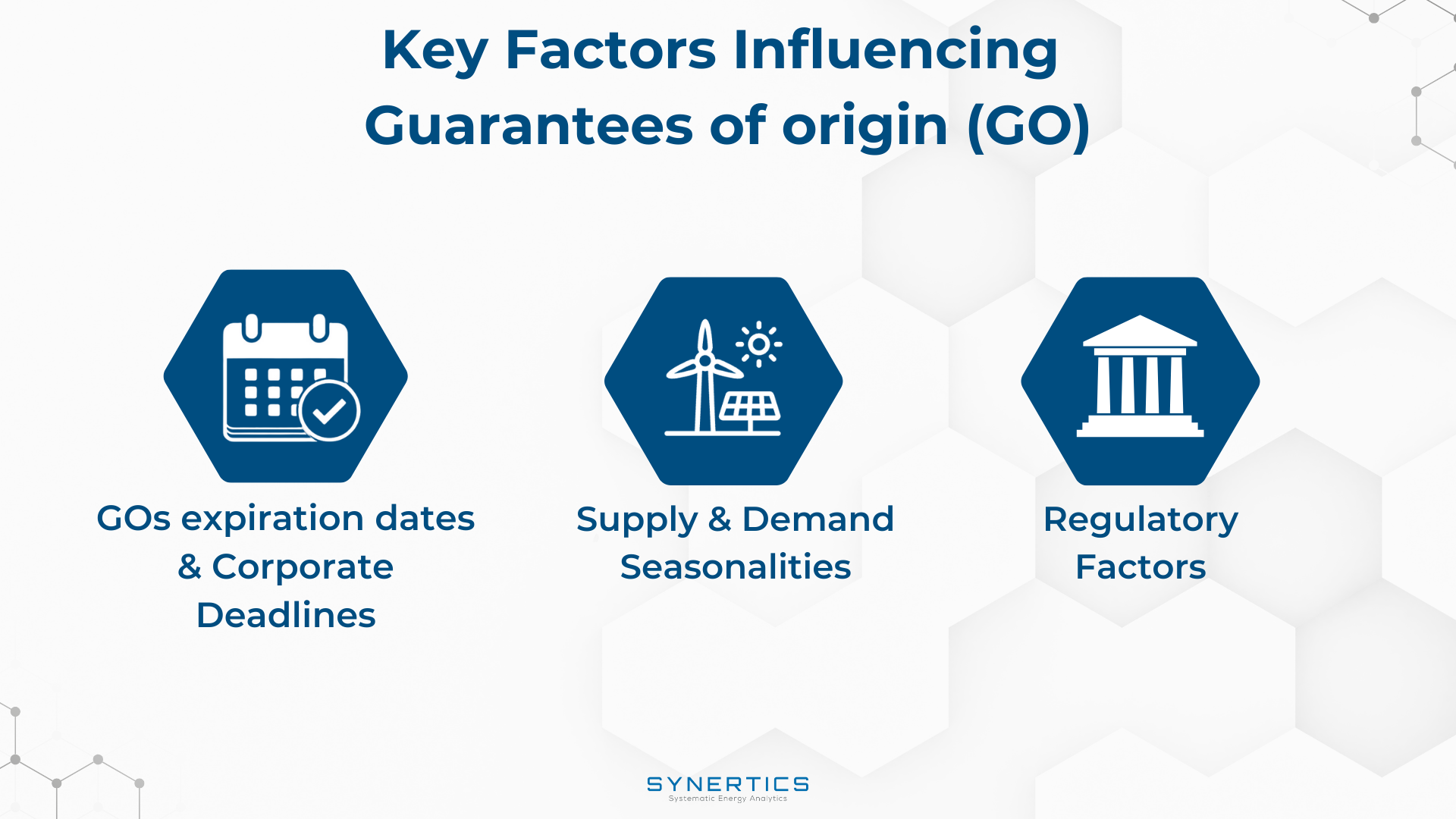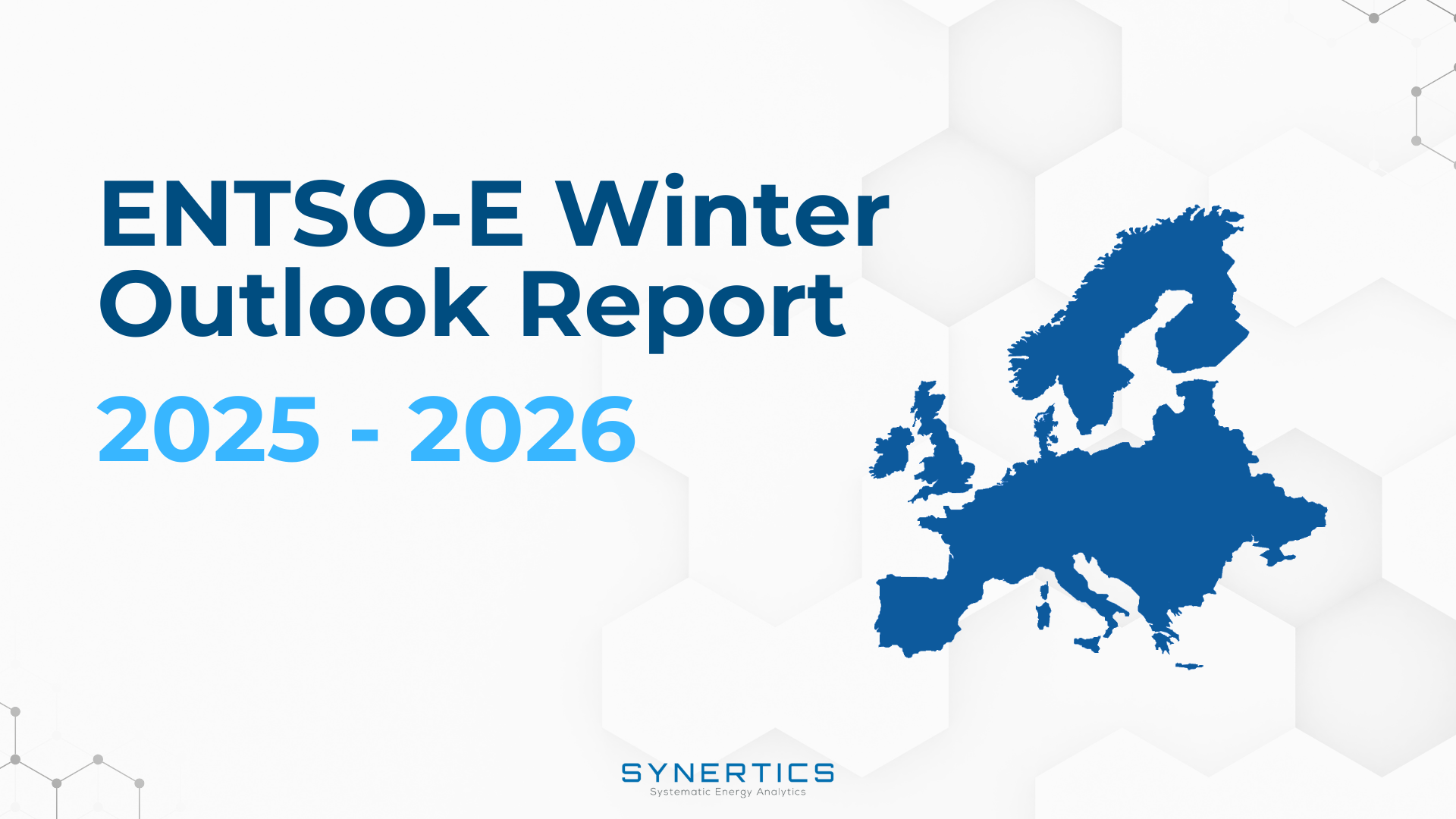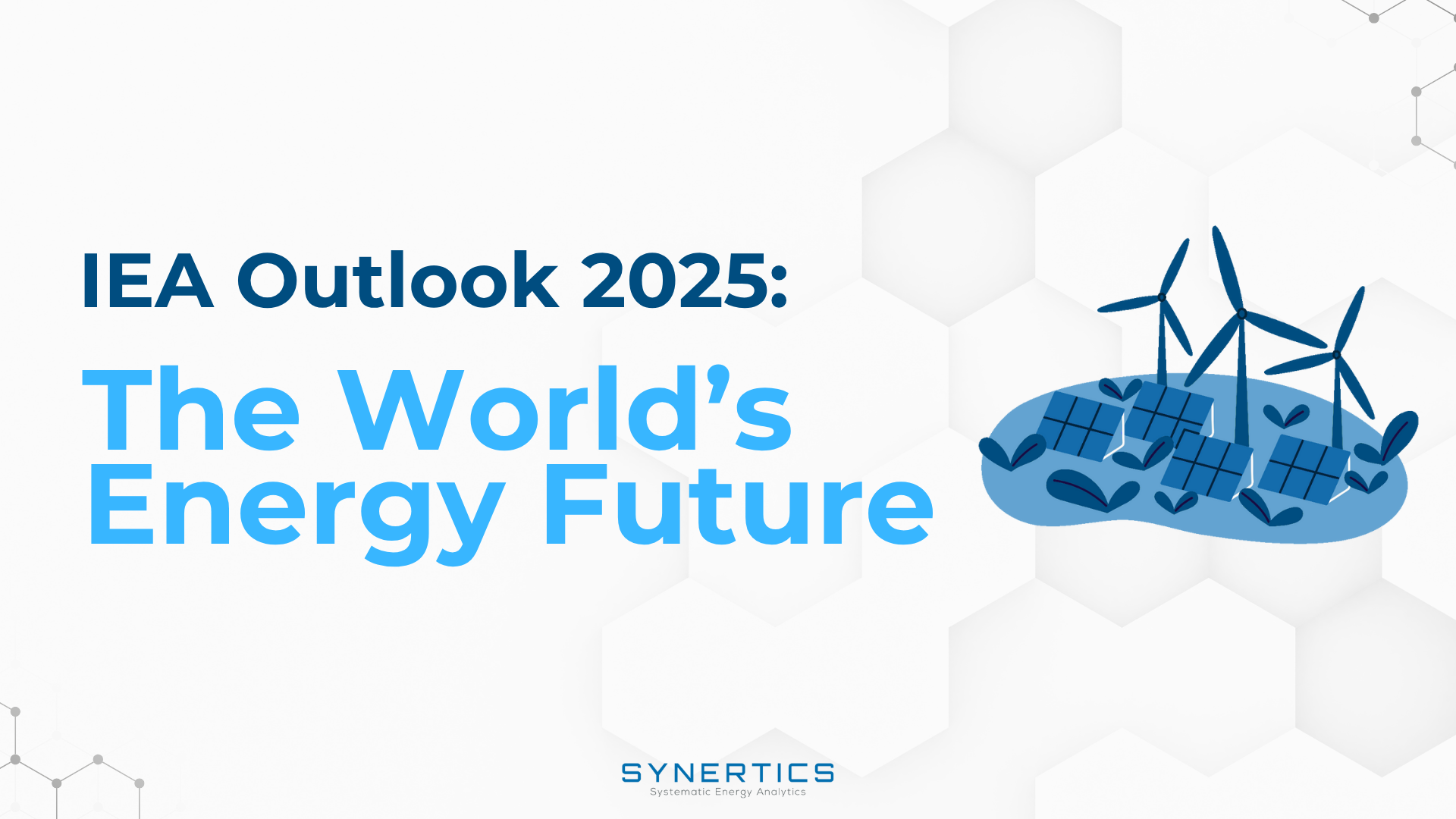Join us on our journey towards renewable energy excellence, where knowledge meets innovation.
As of 17 June 2025, Red Eléctrica, the Spanish electricity transmission system operator (TSO), has successfully connected the Spanish power system to the pan-European PICASSO platform. In this article, we briefly explain what PICASSO is, outline Spain’s path to integration, and explore the implications for the Spanish energy market.

PICASSO (Platform for the International Coordination of Automated Frequency Restoration and Stable System Operation) is a European initiative developed by TSOs under the ENTSO-E Market Committee to implement the aFRR-Platform, enabling the cross-border exchange of balancing energy from frequency restoration reserves with automatic activation.
With 29 TSOs and one observer TSO participating, PICASSO plays a central role in harmonising balancing markets across Europe. The platform facilitates a more stable and efficient power system by allowing TSOs to access a wider pool of balancing resources and improve real-time response to imbalances in supply and demand. You can read more about PICASSO and other pan EU Ancillary Services markets in this article.

Spain’s accession to PICASSO is the final milestone of the SRS-PICASSO implementation project, launched by Red Eléctrica in 2021. This national initiative aimed to overhaul Spain’s existing secondary regulation framework, known as the Peninsular Shared Regulation (RCP), in favour of the new SRS (Secondary Regulation Service) system. Driven by European harmonisation requirements, the project involved a complete transformation of both control and market systems.
A major milestone was achieved in November 2024 with the successful launch of the SRS service, which replaced the decades-old CPR. The SRS enhances the ability of the Spanish grid to maintain real-time balance between generation and consumption, automatically correcting frequency deviations and enabling smoother integration with Europe’s interconnected grid.
Market Structure Changes and Implications for Renewable generation
Spain’s integration into the PICASSO platform marks a shift in aFRR market access from a nationally isolated framework to a pan-European one. Spanish aFRR balancing bids now compete with those from other PICASSO operational members, with activations determined by overall system cost-efficiency rather than national needs. The most critical change for generators is that bids can now be submitted in a chosen direction of activation, upward or downward, unlike in the pre-PICASSO setup, where symmetric bids were mandatory.
This integration into the European aFRR energy market presents challenges and opportunities similar to those seen with Spain's entry into MARI, the mFRR platform, last year. Spanish Balancing Responsible Parties (BRPs) now have access to a broader pool of balancing offers, potentially increasing the likelihood of activation. Given Spain’s high share of cost-effective renewable generation, this shift strengthens the country’s position within the new market. Moreover, the ability to split bids by direction allows for more flexible bidding strategies, particularly beneficial for renewable assets and battery energy storage systems.
Despite the expanded market bringing exciting opportunities, it may also have the opposite effect. From now on, balancing needs are exposed to a broader and more competitive landscape, which could put downward pressure on prices.
In the end, whether the trade-off between a higher likelihood of activation and potentially lower aFRR revenues proves beneficial for renewable generators will largely depend on how competitive Spanish assets are compared to those in other PICASSO operational countries.

Insights, Market-trends
15th Dec, 2025

Insights
2nd Dec, 2025

Insights
19th Nov, 2025